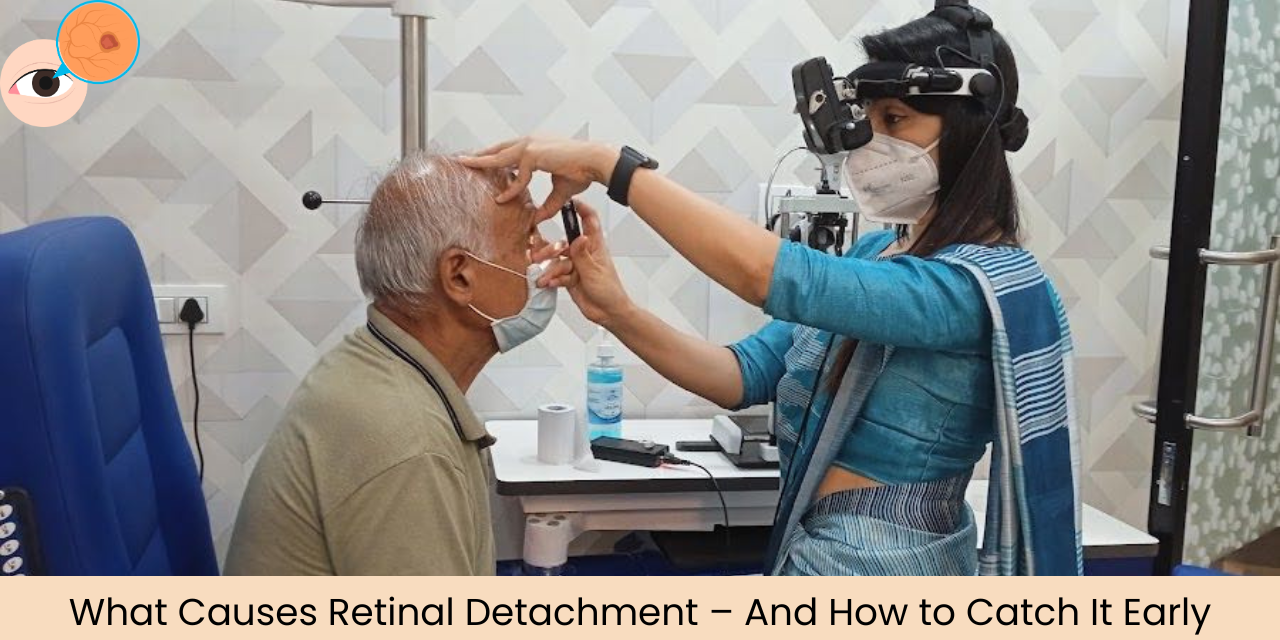Sports injuries are an unfortunate reality for athletes of all levels, from professionals to weekend warriors. Whether it’s a sprained ankle, a torn ligament, or a muscle strain, timely medical intervention is crucial in ensuring a swift and effective recovery. One of the most critical aspects of treating sports injuries is early diagnosis. Understanding the significance of this step can make a difference between a quick return to the field and prolonged complications that can affect performance for years to come.
The Risks of Delayed Diagnosis
When athletes ignore symptoms or delay seeking medical advice, they risk exacerbating their injuries. For instance, a minor sprain might seem manageable, but without proper evaluation, it could develop into a more severe condition that requires extensive treatment or surgery. Studies show that early diagnosis can significantly reduce the risk of chronic pain, loss of function, and recurring injuries.
Furthermore, athletes often have a high pain tolerance, which can lead them to downplay their symptoms. This mindset can delay proper diagnosis and treatment, making it even more critical for athletes to seek professional help at the first sign of trouble.
How Early Diagnosis Affects Recovery
Early diagnosis allows for more effective treatment options. Medical professionals can assess the injury accurately, provide appropriate interventions, and develop a personalized rehabilitation program. The sooner the right treatment begins, the sooner the healing process can start.
- Accurate Assessment: When an athlete seeks help promptly, doctors can conduct a thorough examination and may use imaging technologies such as X-rays or MRIs. This comprehensive assessment helps identify the exact nature and extent of the injury, guiding treatment decisions.
- Customized Treatment Plans: Based on the diagnosis, healthcare providers can create tailored treatment plans that address the specific needs of the athlete. This may include physical therapy, medication, or even surgical options if necessary. A targeted approach can significantly enhance the recovery process.
- Prevention of Further Injury: Timely medical intervention helps to ensure that athletes do not return to their sport until they are fully healed. This prevents the risk of reinjury, which is common when athletes rush back to action before their body is ready. A well-timed return minimizes the chances of developing chronic issues.
- Mental Health Benefits: Injuries can be mentally taxing for athletes. Early diagnosis and treatment can alleviate anxiety about the injury’s impact on their performance and future. Knowing they are receiving the best care possible can help athletes maintain a positive outlook and stay focused on recovery.
Building a Strong Foundation for Recovery
Athletes must establish a good rapport with their healthcare providers. This relationship fosters open communication about symptoms and recovery progress, ensuring that athletes feel comfortable discussing any concerns. Regular follow-ups and assessments can also help healthcare providers make necessary adjustments to treatment plans.
In addition, athletes should educate themselves about common sports injuries related to their sport and be vigilant about their body’s signals. Awareness can lead to quicker responses when injuries occur, making early diagnosis more likely.
The Role of Healthcare Professionals
Healthcare professionals, including sports medicine specialists, physical therapists, and orthopedic surgeons, play a vital role in the early diagnosis and treatment of sports injuries. They possess the expertise to differentiate between various types of injuries and recommend the best course of action.
Dr. Mukul Kaushal, a renowned specialist at Trinity Hospital in Zirakpur, emphasizes the importance of early intervention. He notes that “athletes should never ignore pain. Seeking help at the first sign of injury can lead to a more favorable outcome.”
Signs to Watch For
Athletes should be aware of several warning signs that warrant a visit to a healthcare provider:
- Persistent Pain: If pain lingers beyond a few days or intensifies, it’s crucial to seek medical attention.
- Swelling or Bruising: Significant swelling or bruising may indicate a more serious injury.
- Limited Mobility: Difficulty moving the affected area can be a sign of a serious injury that requires immediate care.
- Instability: If a joint feels unstable or gives way, it’s vital to consult a medical professional promptly.
Conclusion
In summary, early diagnosis is essential in managing sports injuries effectively. Timely medical intervention not only aids in quicker recovery but also prevents long-term complications that can hinder an athlete’s performance. Athletes are encouraged to listen to their bodies and seek professional help at the first sign of trouble. If you’re in need of expert care, Dr. Mukul Kaushal at Trinity Hospital in Zirakpur is dedicated to providing comprehensive treatment for sports injuries, ensuring that athletes can return to their sport safely and efficiently. For more information, consider visiting one of the leading ortho hospitals in Zirakpur to receive the care you need.
By prioritizing early diagnosis and treatment, athletes can ensure they remain healthy and competitive in their respective sports. To get more information please contact us on : +918288093620













